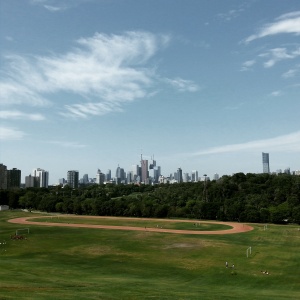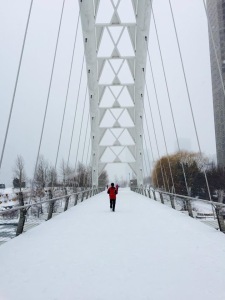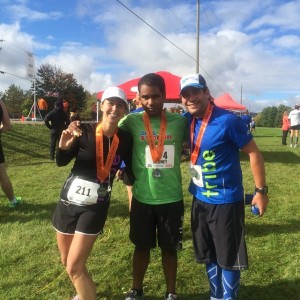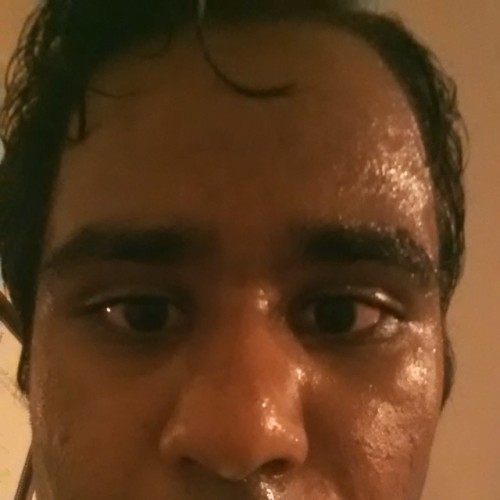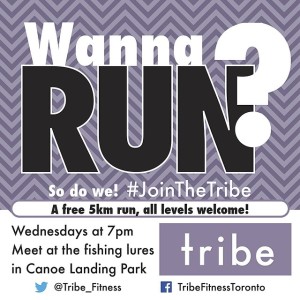This is part of a diary I’m keeping on this blog about long-distance running, which I’m calling The Run Diary. All pieces can be read here.
When you’ve immersed yourself in running long enough and have had to map enough weekly long runs, you will find that you have developed a proclivity for certain streets and routes. Such tendencies are underpinned by reasons or feelings that are entirely opposite.
You may decide from week to week that your run ought to include at least some stretch of the Don Trail because you crave an open pathway that for the most part drowns out the noise of the city through which it runs. You may find yourself making your way to the Martin Goodman Trail because even in the cruelest grip of winter, the waters are blessed company. You may choose to run along Queen Street in either direction because a new cafe is perpetually opening and you’ve heard that the pastries are just divine so you’ll need to end your run there.
On the other hand, you’ll accept the fact that your run might need a hill so you’ll make Pottery Road or Colborne Lodge or Mount Pleasant part of your route. Each becomes an accepted enemy that you begrudgingly set out to conquer time and time again, driven by a need to make a more powerful statement against long stretches of trail or concrete that you’ve determined have conscious intentions to take your soul.
This is not such a bad thing. It’s good to run along routes on which you feel comfortable and where your focus can be on the fundamentals of running rather than figuring out when your next left is approaching or having to recalibrate after taking a wrong turn. All runners have a stock “out and back” that they will take on days when they couldn’t be bothered to map out a route ahead of time. There are routes that they know will give them 20 kilometers and they can add on to the end should it be necessary. It eliminates some of the grunt work.
Landmarks provide predictability along these preferred routes. Buildings, slight changes in geography, bridges, and street names all give indicators of where you are and what might be coming. When you go south on the Don Trail and cross Pottery Road, you know that you are just about a kilometer away from the graffiti laden tunnel after which there is a slight hill, one just steep enough for you to feel it. It won’t take you by surprise. Along your more familiar routes, you’ll know every single coffee shop and water fountain where you can refill and the knowledge provides comfort as humidity smothers you.
When you run a route enough, a form of landmark that is not seen but felt will establish itself at various points throughout, a very powerful emotional response to a place. As far as running goes, they are reminders. Monuments might be the better term.

